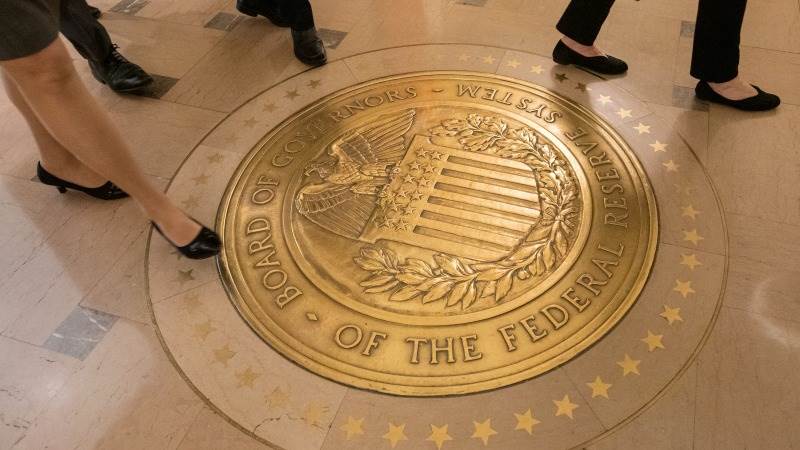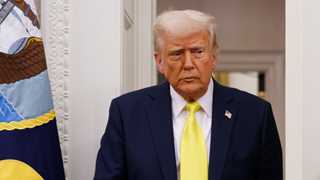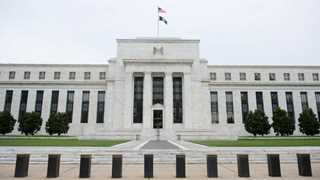The United States Federal Reserve will announce its anxiously awaited monetary policy decision on July 31. It is broadly expected to keep rates steady as it continues its delicate process of balancing inflation control and economic activity. Fed Chair Jerome Powell called the timing of eventual rate cuts his biggest short-term concern. He predicted inflation will not go down to the 2% target before the end of 2025 but has also indicated that the Fed should not wait for inflation to drop to 2% to cut rates due to the lag in policy transmission.
The PCE index, the Fed's preferred inflation gauge, rose by 2.5% in June on a yearly basis, compared to 2.6% in May. Policymakers have also noted a cooling down of the labor market and consumer spending, which together make a compelling case for easing. In addition, the Fed has so far been successful at not dampening economic growth too much, but a prolonged restrictive monetary policy could end up tilting the balance toward recession. On the other hand, some central bankers expressed caution, preferring to see more data points that would indicate inflation is receding in a sustained manner.
As important as this week's interest rate decision is, the wording of the Fed's message will be just as relevant. It will provide valuable information regarding future moves, with all eyes turning to September's meeting. A rate cut in September, although far from certain, has already been hinted at, and markets will be closely watching Powell's press conference for confirmation of the long-desired policy relief.




